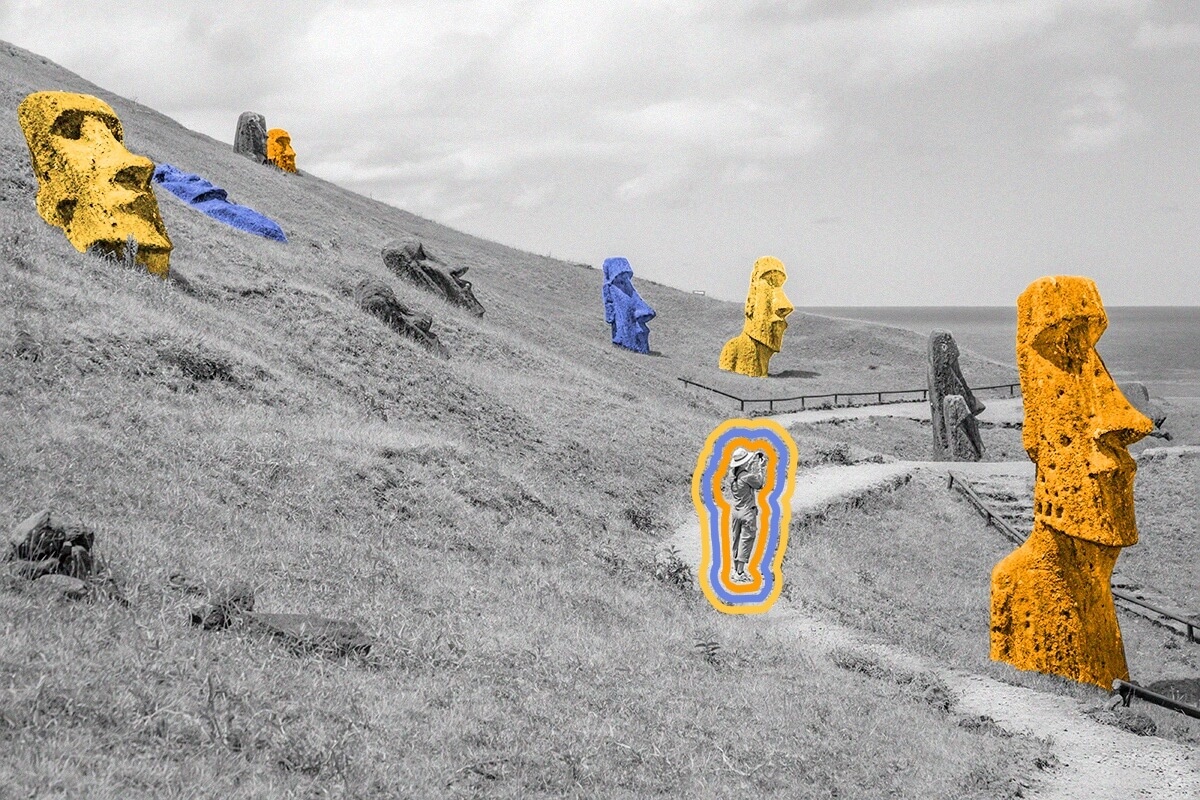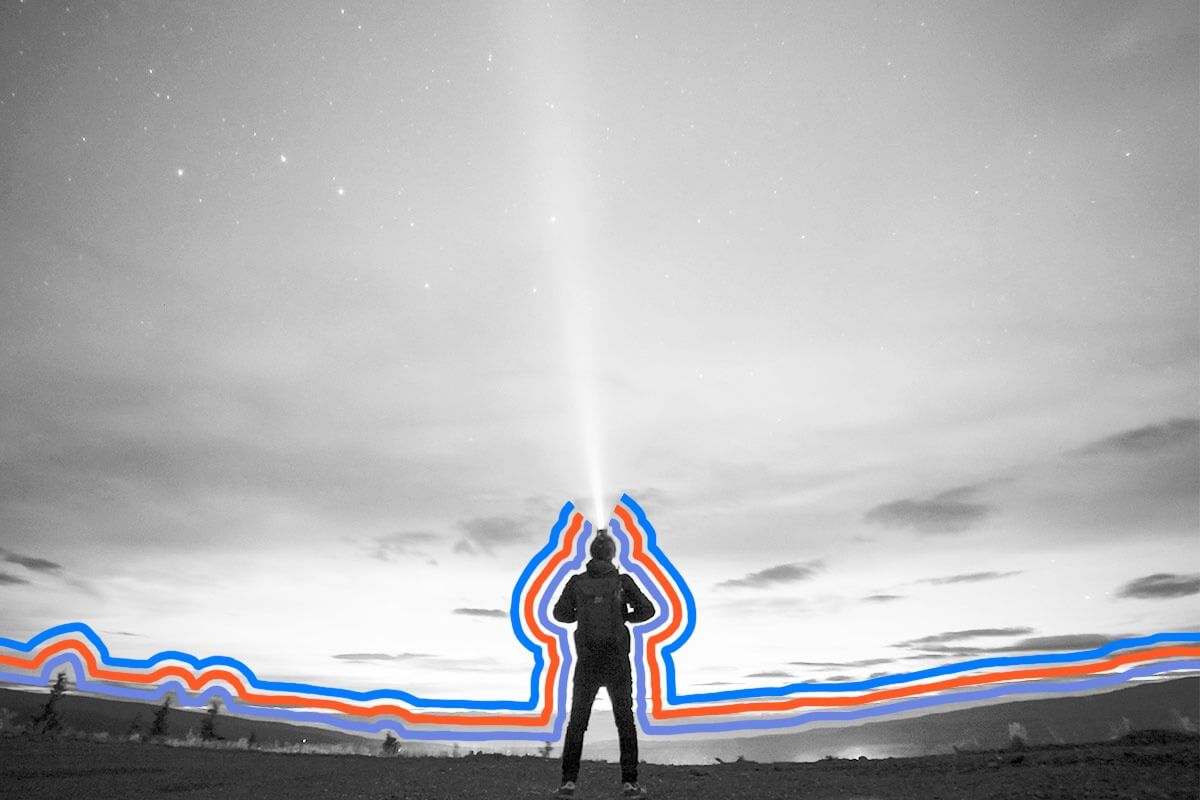
The Easter Island heads have bodies.
Few historical artifacts are as mesmerizing — or as mysterious — as the Easter Island statues. Known as moai (pronounced mo-eye), meaning “statue” in Rapa Nui (the native name for the island, its Indigenous people, and their language), the statues are believed to represent ancestral chiefs who protected the inhabitants of this 63-square-mile island in the Pacific centuries ago. Possibly built between 1400 and 1650 CE, the statues were transported to massive stone platforms known as ahu, and usually arranged so their backs faced the sea. Although their average height is only around 13 feet (bodies and heads included), many weigh more than 10 metric tons.
Most of the 900 or so moai aren’t buried, and when Europeans first arrived in the early 18th century, they could clearly see their bodies standing tall. But the 150 or so that are buried have become the most popular and photogenic. Resting on the slopes of the Rano Raraku volcanic crater (which is also the stone quarry for the statues), these moai were slowly entombed by continuous erosion and landslides over hundreds of years until only their heads remained. Luckily, this unintended burial preserved their tattoo-like markings, a strong tradition among the Rapa Nui people.
When Dutch explorer Jacob Roggeveen arrived on Easter Island in 1722, he noticed the moai standing watch on their ceremonial ahu, remarking in his ship’s log that “the people … relied in case of need on their gods or idols which stand erected all along the sea shore in great numbers.” Decades later, in 1774, Captain James Cook’s expedition noted that some moai had fallen down, and by 1868, no statue was left standing. Most experts think this toppling — called the “huri moai” phase, or “statue-overthrowing” — began due to civil strife, likely caused by resource scarcity and European contact. Others believe earthquakes or nonviolent rituals caused the moai to fall. The precise reason remains a mystery, but historians and archaeologists throughout the 20th century restored many of these fallen moai to their original vertical positions.

